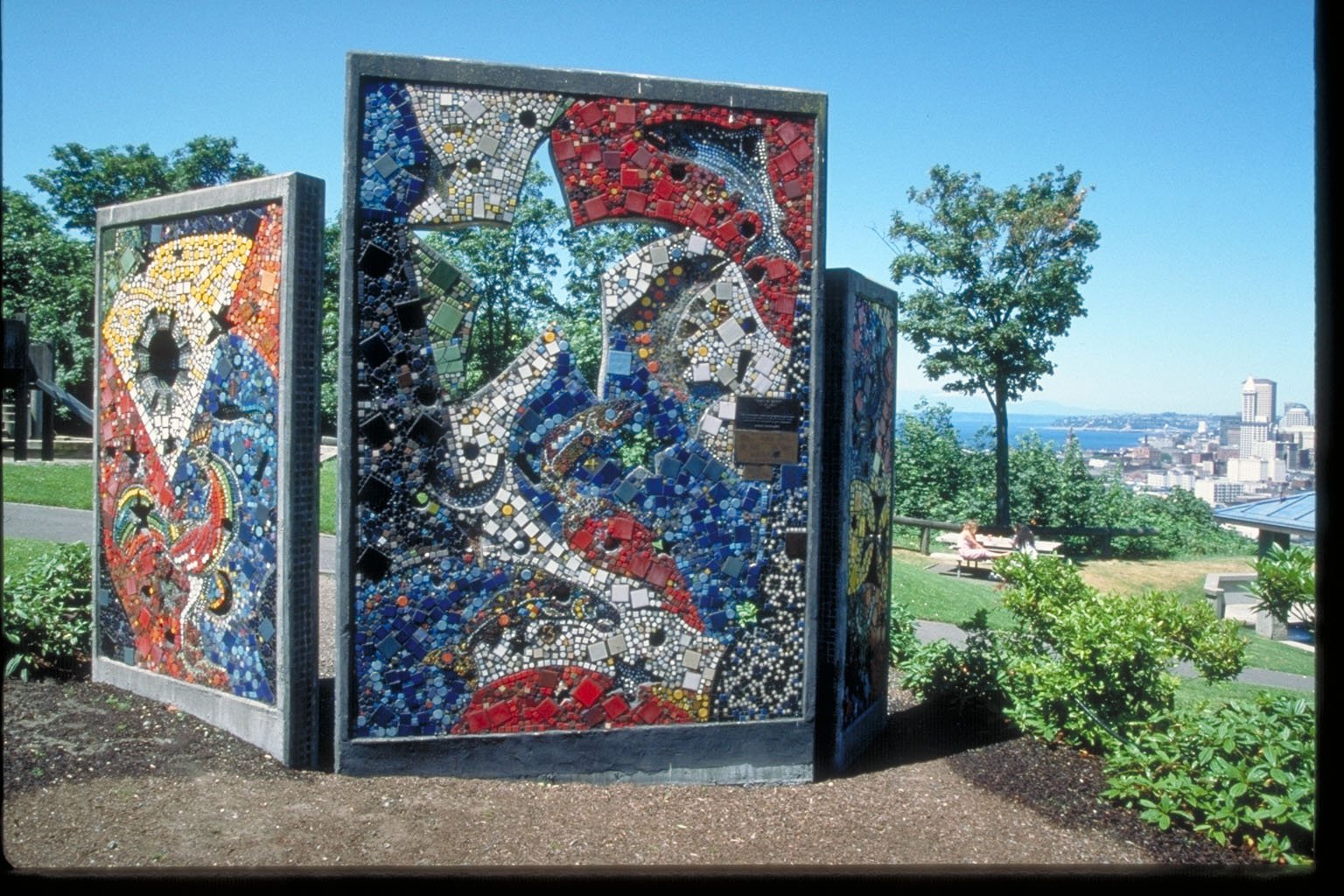SPRING MENU RESEARCH
Thank you for dining with us at Archipelago. Our menu is driven by FilAm history in place, here in the Pacific Northwest. Beyond the archives and books used to guide this research, we honor the stories of community members still active - fighting to make the world better for all of us. Further, we thank all of our producers and food systems workers who make this experience possible. Our actions today shape history tomorrow - may this spring bring you flowers.
Driving our menu forward this early spring are the stories and places of ...
KIKISOBLU and MAYA SANTOS, MARY & SANTIAGO BELTRAN, JOSE RIZAL PARK, THE PHILIPPINE CAFE: 1930, THE GOLDEN AGERS, VICTORIO EDADES, VELMA VELORIA, VAL LAIGO, ALFRED CHUMASERO, VICTORIO VELASCO.
While you read, we invite you to listen to the Spring Experience Soundtrack that was played during your dinner.
We welcome all thoughts and questions. Please feel free to contact us.








































